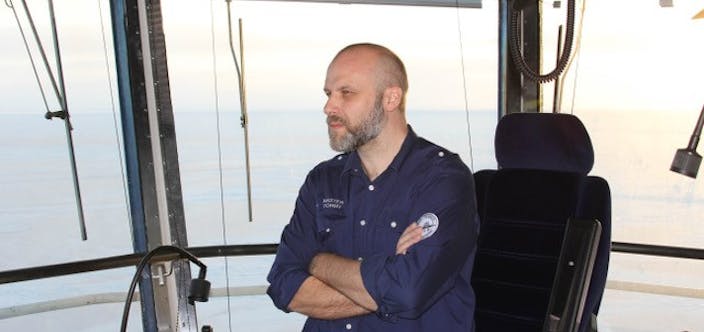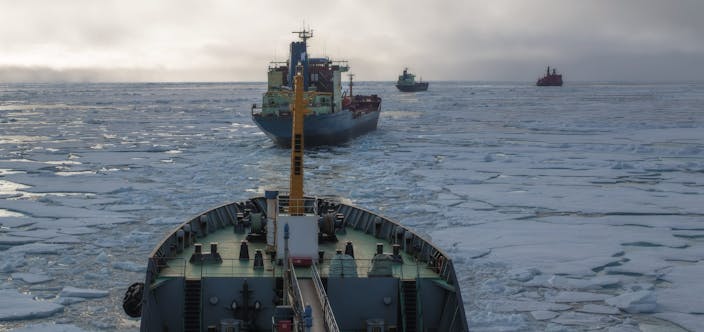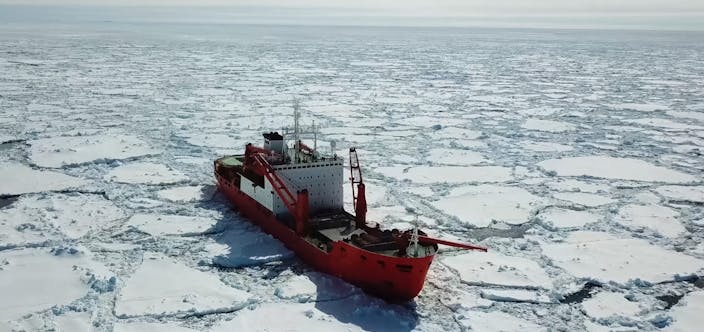Operations best practices checklist
Winter navigation in icy waters presents unique and often treacherous challenges that demand heightened vigilance and specialised preparation. The dangers of ice buildup, reduced visibility, and shifting weather patterns can significantly increase the risks to both vessel and crew. To ensure the safe and efficient operation of your vessel in these extreme conditions, we recommend the following best practices, designed to help mitigate risks and enhance safety.
- Source all available information regarding the winter and ice conditions i.e., ice charts and weather forecasts, traffic limitations, and reporting.
- Be prepared for significant delays; ensure there are sufficient bunkers (plan for maximum engine output), fresh water, and provisions.
- Make sure that the search lights are in good working order.
- When in ballast condition, ensure that the vessel floats according to its ice class (deep enough) and preferably on an even keel.
- Prepare the engine room and the bridge for manoeuvring well before reaching ice.
- Use the lower sea chest(s) for the cooling systems, the deeper the inlet is in the water the lesser the chances are that it will be blocked by ice, especially slush. If possible, use back wash to clear the blocked sea chest.
- The main engine will be run with maximum effect during the ice navigation, hence the need to ensure cooling system functionality and any other technical item that may prevent prolonged maximum effect output. The vessel’s ice class is also connected to the ability to run the main engine on maximum effect.
- Ensure sure that the icebreaker knows your position and make contact with the icebreaker well in advance.
- When following the icebreaker or sailing in a convoy, monitor very carefully the distance between your vessel and the vessel in front and astern of you. Always be prepared for immediate manoeuvring.
- If connected to the ice breaker (towed), ensure the anchors are well inside the pockets, or alternatively moved and secured aft of the hawse pipes.
- Double the lookout on the bridge.
- Use hand steering instead of the autopilot.
- Slow down before entering an ice field to avoid damages and enter the ice field at slow speed.
- Maintain and monitor adequate speed when sailing through ice, as thicker ice slows down the vessel and the risk of getting stuck in ice increases.
- Keep the rudder midships when going astern.
- When filling or emptying a ballast tank, ensure venting pipes are open and not blocked with ice.
- Drain all deck lines and fire mains.
- Maintain ballast tank filling rate at 98% to ensure safe free surface and to ensure sounding and venting pipes are free of water.
- When possible, fill ballast tanks by gravity and ensure not to overflow any tanks.
- Ensure that the pilot ladders are ice free – keep them somewhere sheltered or protect them using tarpaulins and rig them as close to the pilot boarding location as possible.
- Ensure that hatch covers/ramps, cranes, winches, and other deck machinery are ice free before operating.
- Start the main hydraulic pumps for all deck machinery well in advance to pre-heat the systems and ensure safe operation.
- Check for hydraulic system for leaks before operating the systems/deck machinery.
- Account for substantially longer timeframes for manoeuvring in cold climates than would usually be required.
THESE GUIDELINES ARE GENERAL AND SHOULD NOT REPLACE ANY REQUIREMENTS GIVEN BY CLASSIFICATION SOCIETIES OR AUTHORITIES.


